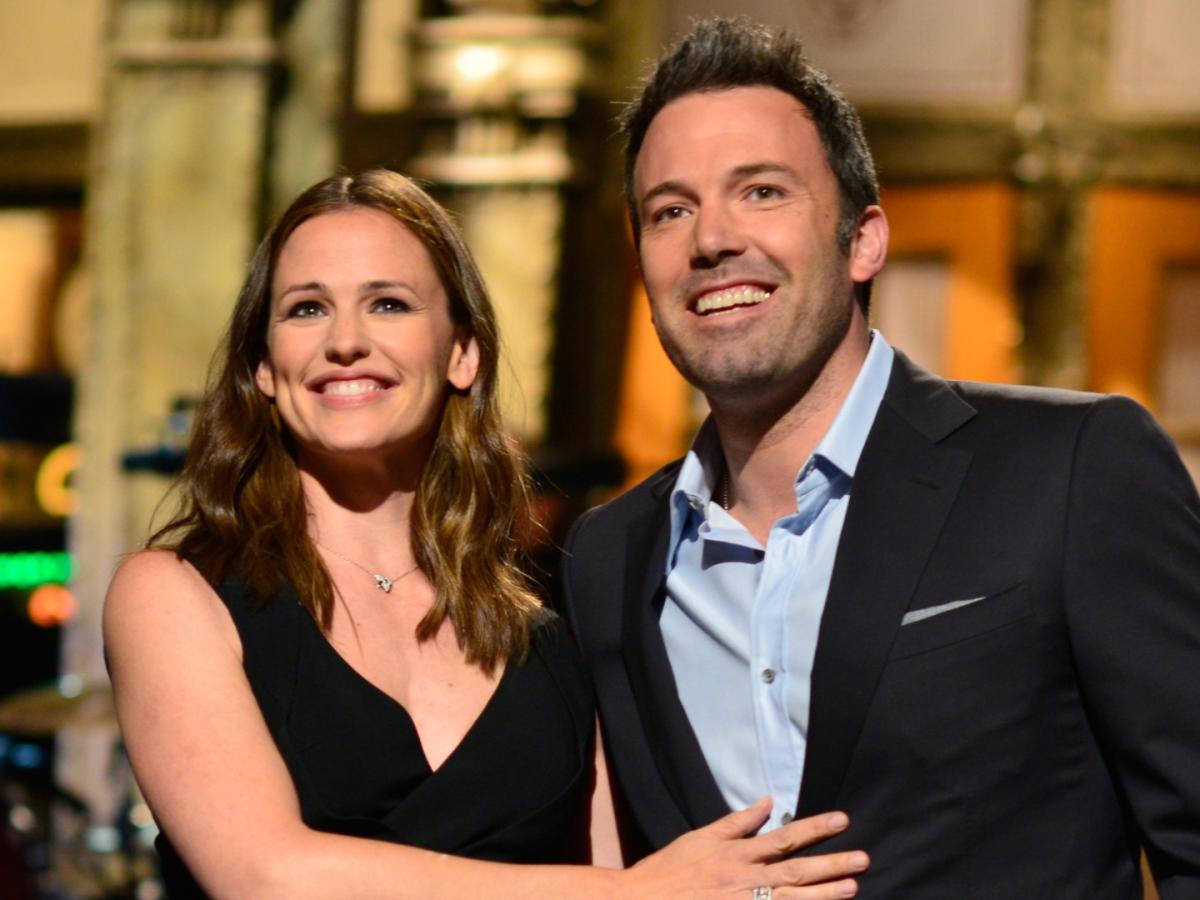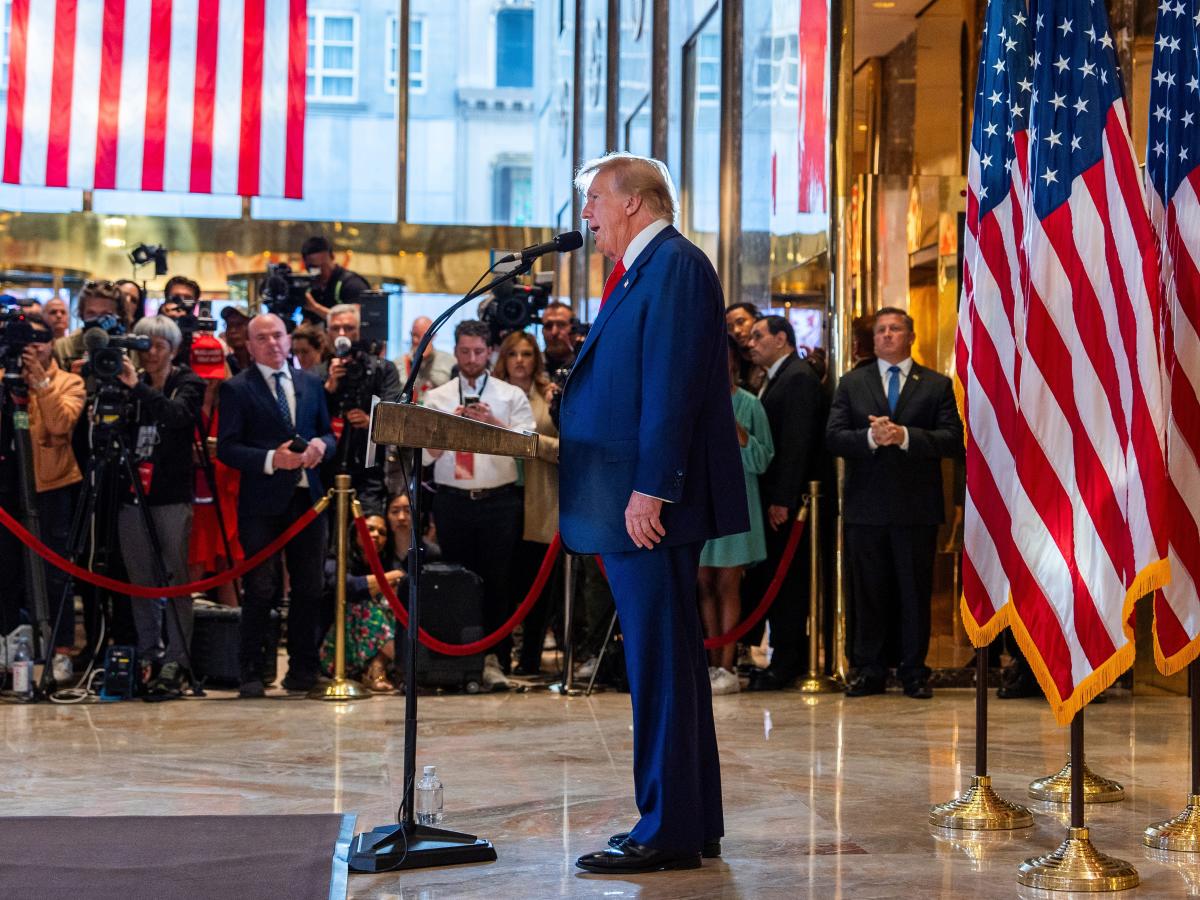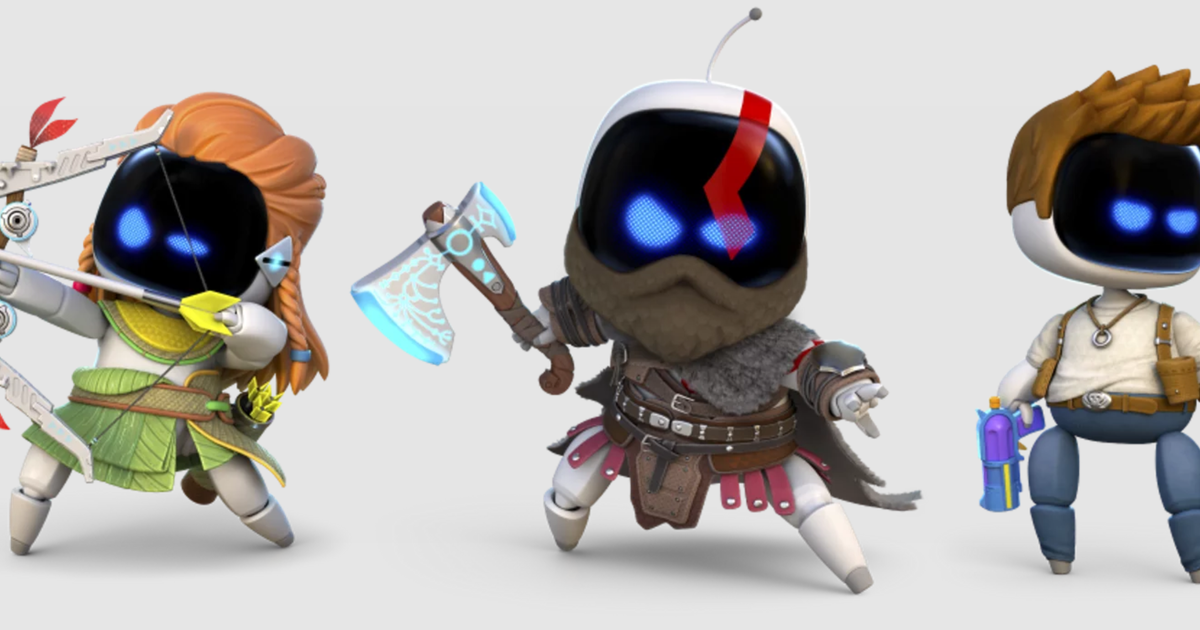Joel Plawsky, a professor of chemical engineering at Rensselaer Polytechnic Institute, holds one of the heat pumps that were tested in microgravity.
Kathleen MooreTROY — Peering at video from hundreds of miles away, Rensselaer Polytechnic Institute professor Joel Plawsky saw something he never expected in an experiment he’d sent to space.
Advertisement
Article continues below this ad
It was the 10th in a series of his experiments that are unlocking surprises about how cooling systems really work. In the end, it will help scientists make better cooling systems for electronic components, especially ones that are hard to reach – like the ones in satellites and Mars rovers.
Plawsky, who has been an RPI professor for 35 years and is the head of the Chemical and Biological Engineering Department, has had a long connection with NASA, the National Aeronautics and Space Administration. Most notably, in 2003 he spent six months as part of a group investigating what caused the disintegration of the space shuttle Columbia and developed repair materials to help prevent another catastrophic loss.
RPI has also had a strong connection with NASA, as a member of its research consortium and numerous graduates have gone on to work there.
On Earth, scientists have long known how to make heat pumps so that the heat from electronic components is drawn away into the air.
Advertisement
Article continues below this ad
One version uses a liquid that evaporates in heat. The vapor floats to the top of a tube, where it’s cooler. There, it condenses and falls back down.
“Eventually, if you pump enough heat, it dries out the hot end,” Plawsky said. “That gives the limits of the operation.”
Plawsky and his fellow earthbound scientists hadn’t actually seen it happen.
“We inferred how it operated through temperature measurements,” he said.
Advertisement
Article continues below this ad
The scientists also knew that surface tension changes with temperature. But the experiments they’ve run with the scientists on the International Space Station have let them watch inside of the pump – and they’re realizing there’s a lot more to learn.
“We saw unexpected things. It took us many years to explain it all,” after the first experiment in 2009, he said.
The behavior of the liquid was so unexpected that, at first, they thought their experiment must have been contaminated.
Nine experiments later, they are investigating surface tension and closing in on the exact mixture of liquids to maximize cooling.
Advertisement
Article continues below this ad
“In microgravity, we can understand the effect of other properties like surface tension,” he said. “It turned out surface tension was the really big player.”
Their goal is to make the most efficient cooling system, so that more powerful electronics can be used without burning out. But for the most recent experiment, they tried a 50/50 mixture of two liquids that have different surface tensions, which they expected would not cool as well as their previous mixtures.
Instead, they saw the liquid oscillate from the hot side to cold side of the pump, which likely makes it much better at removing heat.
“Wow!” he said. “Most people wouldn’t have gone ahead and tried to do it because we expected so much worse.”
Advertisement
Article continues below this ad
The big question: why did it work?
“We didn’t see this when we ran our experiments on Earth, but we’re running a lot more,” he said.
And now he needs to figure out what mixture would be best.
“What’s the limits?” he said, adding that he doubts the most efficient mixture is 50/50.
Advertisement
Article continues below this ad
“That would be a nice coincidence, if 50/50 was the magic number,” he said.
It puts him in the odd position of being delighted to be proven wrong. After all, this experiment was supposed to show that previous work was right and this mixture would be less efficient.
There’s two levels in experiments, he said. Level one is when the experiment performs as expected. But in level two, he said, you learn something new.
“We saw much different behavior,” he said happily. “That requires you to do lots more experiments.”
Advertisement
Article continues below this ad

Dr. Sarah Adams is a scientist and science communicator who makes complex topics accessible to all. Her articles explore breakthroughs in various scientific disciplines, from space exploration to cutting-edge research.







